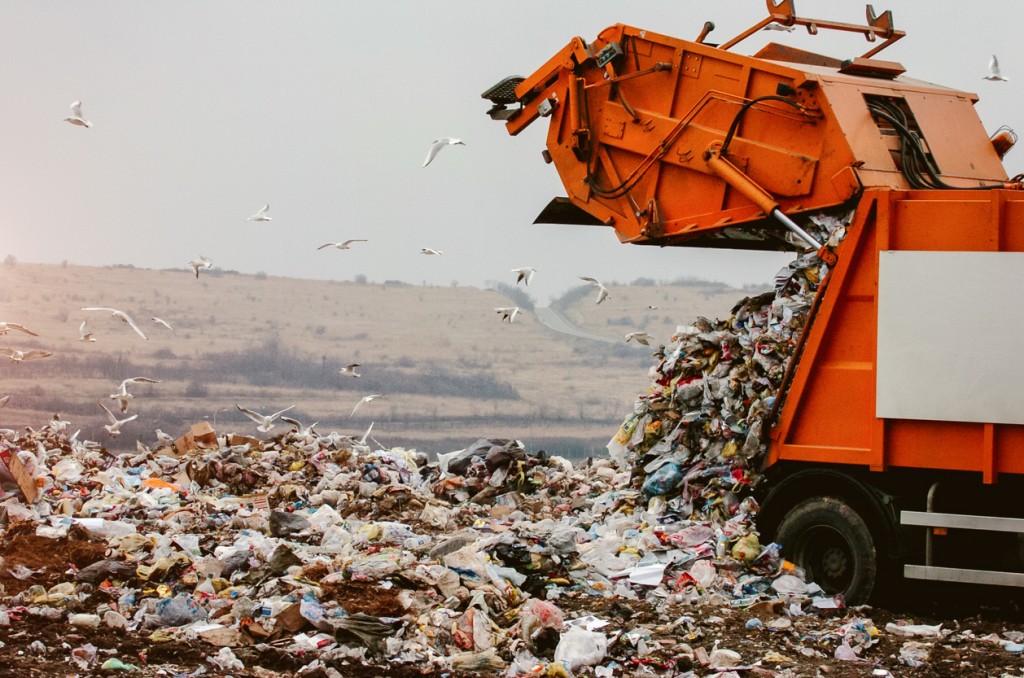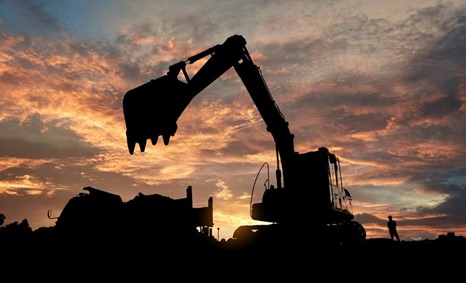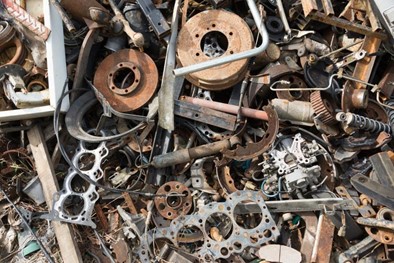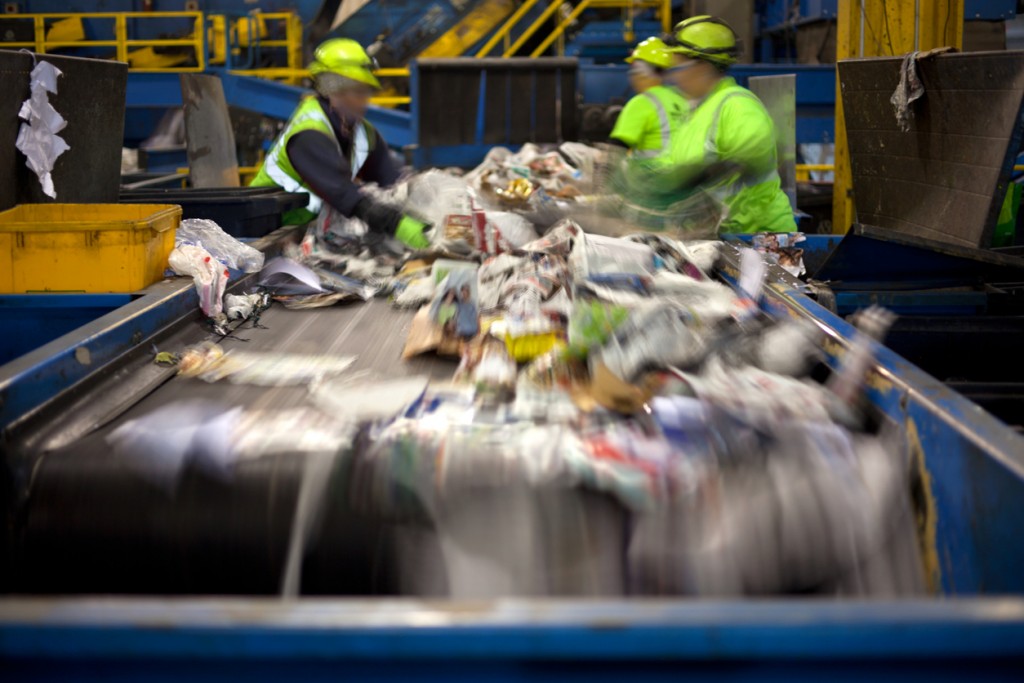When we discuss recycling, we often focus on diverting materials away from landfills to be taken to recycling plants and turned into new materials. This is incredibly important and should be encouraged through good recycling practices by individuals and businesses – but what about the recyclable material that has already been sent to landfills? Is there any way to recover what has previously been condemned as waste? Today we’re going to take a look at landfill mining and reclamation, the benefits and what happens to the material that is reclaimed from landfills.

What is Landfill Mining?
Landfills are the oldest known method of waste disposal. In a landfill, waste is dumped into dug out pits and covered, allowing for bacteria to decompose the waste over several decades. Landfill mining is the process of excavating material from these sites to process it for reuse.
Landfill mining aims to reduce the mass of the landfill whilst also recovering valuable materials. Landfill mining recovers recyclable materials and a combustible fraction – which can be used for power generation – soil and landfill space. It can also be used to remove hazardous material from the site and offers the added benefit of aeration of the soil in the landfill, preparing it for future use. Landfill mining is beneficial in countries with no available space for new landfill sites, as space is reclaimed during the extraction of biodegradable waste, allowing it to be refilled with future waste.
The concept of landfill mining was first introduced as early as 1953 by the Dan Region Authority – who operated the Hiriya landfill next to the city of Tel Aviv in Israel. Landfill mining occurs worldwide, in both construction and municipal landfills – although the process and what can be reclaimed from the site differs depending on the type of landfill.

What Materials Are Recovered In Landfill Mining?
The most notable high-value materials reclaimed from landfills are metals – non-ferrous aluminium is particularly prevalent; in fact, the concentration of aluminium in many landfills outweighs the levels of aluminium in bauxite – the sedimentary rock from which the metal is derived. Aluminium reclaimed from landfills can be sent to a non-ferrous metal recycling facility, where it can be processed and turned into new aluminium without losing any of its original properties.
Construction landfills are relatively simple to mine, as they hold a limited number of materials such as wood, scrap metal, gypsum, bricks tiles and concrete. Industrial landfills are high-value, often containing residue from the production of valuable minerals like copper, zinc and steel. Ferrous metals from these excavations can be extracted using a magnet and taken to a ferrous metal recycling facility to be turned into new metal.
Mining municipal landfills offer more complications, as they contain a much more varied selection of solid wastes, some of which may be toxic. It is possible to successfully mine both old landfills that have previously been capped to entomb the waste and modern bioreactor landfills. Biodegradable waste can be sieved out, leaving the non-biodegradable waste accessible for sorting. Whilst some of the materials recovered will not be of as high quality as their initially recycled counterparts, this method of scrap metal recycling allows for the reclamation of high-value metals which retain their original properties.

The Environmental Benefits of Landfill Mining
Not only do landfills take up a lot of space, but they are increasingly dangerous to the environment. As waste sits inside landfills and slowly decomposes, methane gas is released, contributing heavily to global warming and climate change. The degraded quality of the soil surrounding landfills can also negatively impact vegetation and the ecosystem.
Whilst modern sanitary landfills have taken steps to alleviate the impact of waste disposal, many non-sanitary landfills are negatively impacting the environment. Landfill mining is a method of mitigating the harmful effects of these landfills whilst also reclaiming useable material like scrap metal. The more scrap metal that can be recovered from landfills, the less we need to extract from virgin ore, further reducing emissions and pollution.
How are Landfills Mined and What Happens to the Scrap Metal?
The process for landfill mining is based on three principles: excavate, sieve and sort. A variety of different machines are used, the number of which will depend on the complexity of the landfill.
An excavator or front-end loader is used to uncover the landfill materials and move them onto a conveyor belt, where they are taken to sorting machinery called a trommel. The trommel separates the materials by size, removing large materials like appliances and fabrics. A smaller trommel is then used to allow biodegraded soil fraction to pass through, leaving behind non-biodegradable, recyclable materials.
Ferrous metals can be extracted using an electromagnet from this remaining material, and non-ferrous materials will be taken away for further sorting. Both non-ferrous and ferrous metals that have been reclaimed from landfill sites can then be sent on to a scrap metal recycling facility, where there are further sorted, shredded and shipped to mills to be melted down and transformed into new sheets of metal. The new metal produced from this reclaimed scrap metal almost always possesses the same strength and properties as metal created from mined ore and plays a vital role in a sustainable future.

We hope this article provided some insight into one of the lesser discussed avenues from which scrap metal can be reclaimed. Here at Morecambe Metals, we recycle scrap metal from all industries, and we understand that there is value in scrap metal, no matter where it has come from. If you would like any more information about the work we do, please contact us today.

